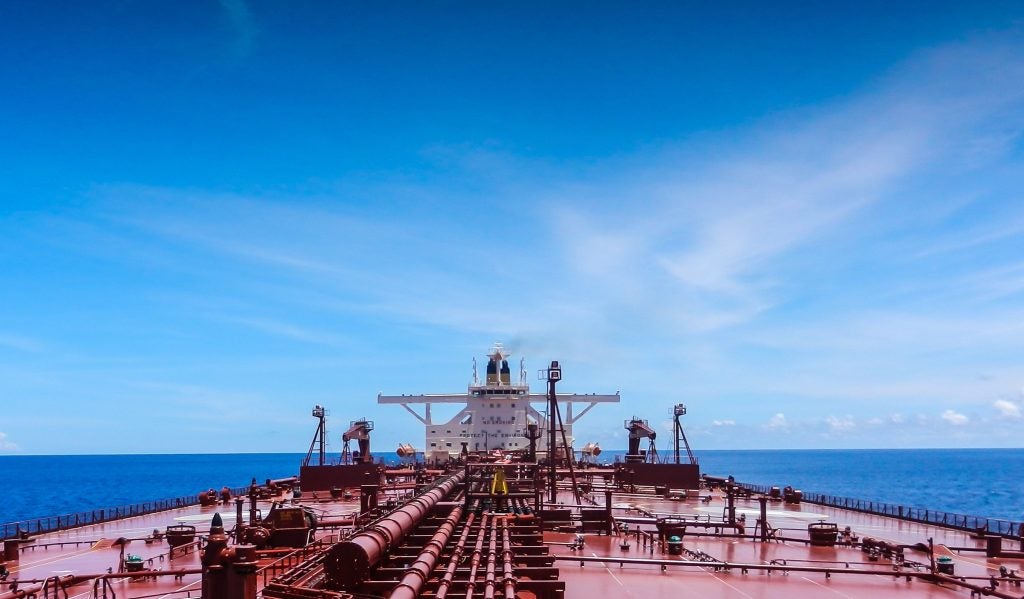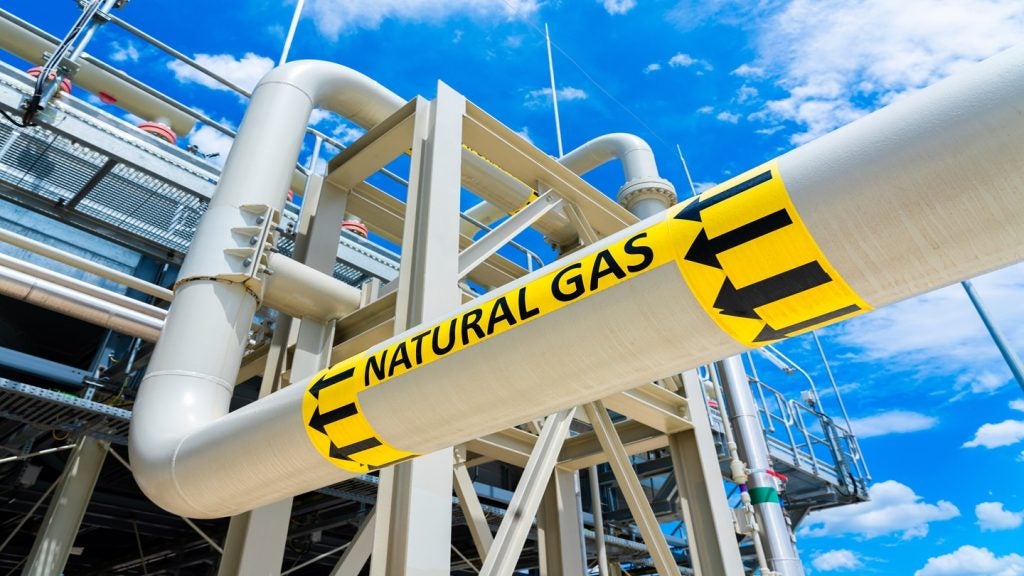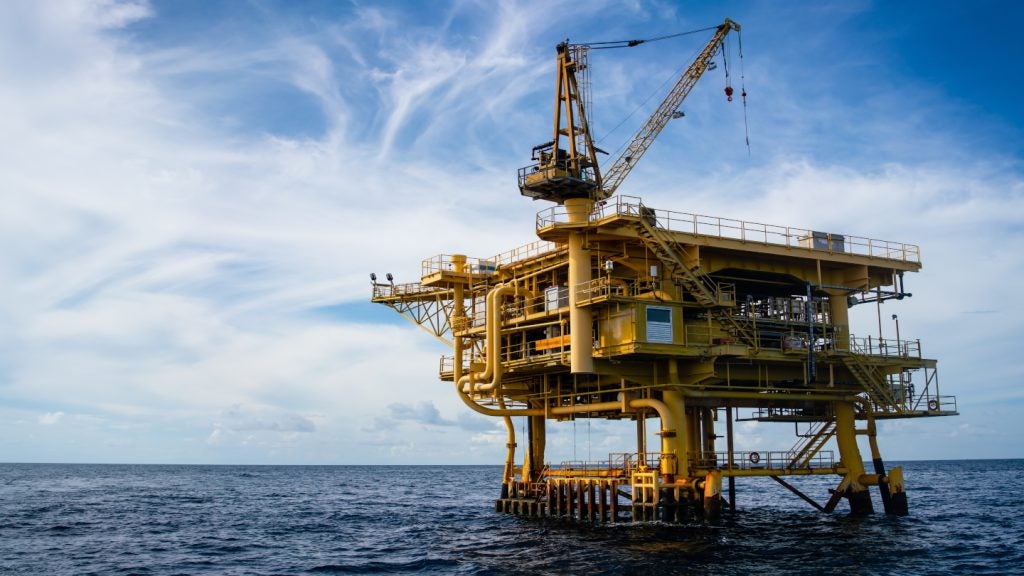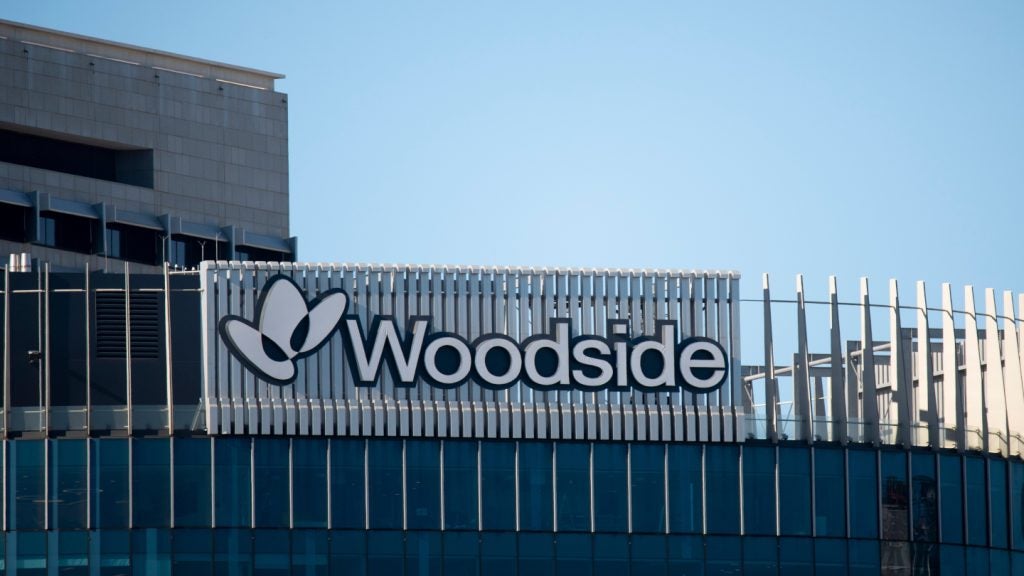The amount of crude oil and oil products flowing through the Bab el-Mandeb, the southern chokepoint at the mouth of the Red Sea, decreased by more than 50% in the first eight months of 2024, according to an assessment by the US Energy Information Administration (EIA).
The inability of oil to move through a major chokepoint – narrow channels along widely used global sea routes, critical to global energy security – can lead to substantial supply delays and higher shipping costs, resulting in higher world energy prices.
After Yemen-based Houthi militia attacks on commercial ships transiting the Red Sea started in November 2023, some vessels began opting to avoid the Bab el-Mandeb chokepoint, a narrow strait that borders the Yemeni coast, and the southern entrance to the Red Sea.
Instead, they are choosing to take longer, more costly routes around the Cape of Good Hope at the southern tip of Africa, said the administration, responsible for collecting and disseminating energy information to assist policymaking.

Credit: US Energy Information Administration.
Flows of oil have plummeted
As such, oil trade flows in the Red Sea have decreased significantly over the past year, said the administration in a published analysis last week.
Oil trade flows through the Bab el-Mandeb Strait averaged four million barrels per day (mbbl/d) in 2024 through August, compared with 8.7mbbl/d in the full-year 2023, according to Vortexa data, which provides real-time energy cargo tracking.
The Suez Canal, the Sumed pipeline and the Bab el-Mandeb Strait are strategic routes for Persian Gulf oil and natural gas shipments to Europe and North America. The canal and pipeline are located in Egypt and connect the Red Sea with the Mediterranean Sea.
The volume of crude oil and oil products flowing around the Cape of Good Hope increased to 9.2mbbl/d in the first eight months of 2024, from an average of 6mbbl/d in 2023, according to the Vortexa data.
The Strait of Hormuz, located between Oman and Iran, connects the Persian Gulf with the Gulf of Oman and the Arabian Sea, and is one of the world's most important oil chokepoints.
In 2023, oil flows through Hormuz averaged 21mbbl/d, equivalent to around 20% of global petroleum liquids consumption. In addition, around one-fifth of global liquefied natural gas trade also transited the strait in 2023.

Credit: US Energy Information Administration.
Iran ranked as the world's third-largest oil and second-largest natural gas reserve holder in 2023, although international sanctions have constrained its production.
Total petroleum and other liquids production in Iran rose from a recent annual low of less than 3mbbl/d in 2020 to an average of 4mbbl/d in 2023, the EIA reported. Of the latter figure, almost 3mbbl/d was crude oil, and the remainder was condensate and hydrocarbon gas liquids.
Israel is the second-largest natural gas producer in the Eastern Mediterranean region after Egypt. Natural gas production in Israel began growing in 2013 when the Tamar field began production.
Since then, several more offshore natural gas fields have begun production and provided enough fuel to meet Israel's rising domestic natural gas needs as well as exports to Egypt and Jordan. In 2022, natural gas production in Israel reached 808 billion cubic feet (bcf), reported the US energy body.
Global oil prices and the US market
Imports of crude oil from Persian Gulf countries to the US have decreased over the past decade due to rising domestic production.
In 2023, imports of crude oil from Persian Gulf countries to the US averaged 609,000 barrels per day, down from 2mbbl/d in 2013. Imports from the region accounted for 9.3% of total US crude oil imports in 2023.
Escalated tensions in the Middle East have increased the geopolitical risk for global oil price benchmarks in recent weeks, said the energy organisation.
Following Iran’s attacks on Israel on 1 October 2024, the price of Brent crude oil – the international benchmark – increased, reaching $81 per barrel (bbl) on 7 October. As of 10 October, the Brent crude oil price was $79/bbl.
















